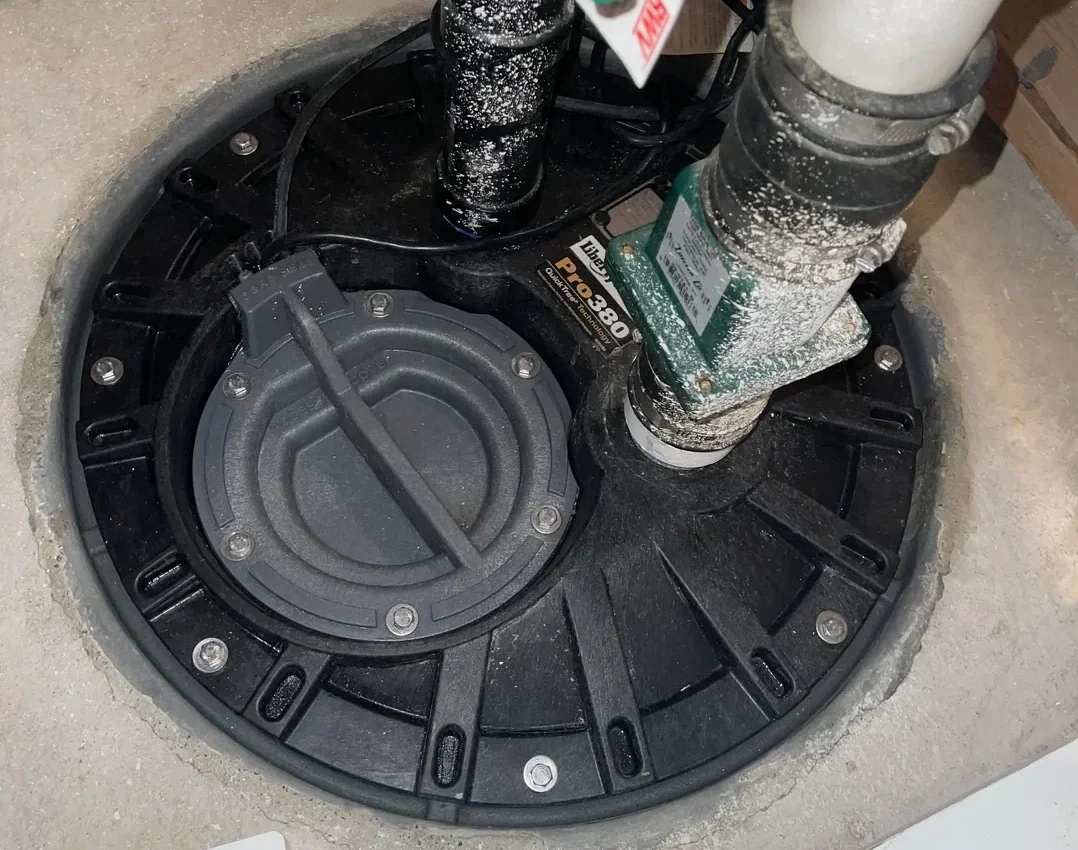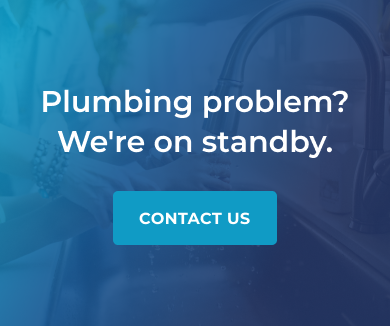
What Is a Sewage Ejector Pump?
Apr 15, 2025
If your home or commercial space has plumbing located below the main sewer or septic line, you’ll likely need a sewage ejector pump. Also known as ejector pumps or sewage pumps, these plumbing solutions are often installed in basements or low-lying areas to collect wastewater (and solid waste) and push it uphill to the sewer or septic system. Without ejector pumps, gravity would make it impossible for the water to flow away from your space, leaving it vulnerable to messy backups and flooding. Let’s explore ejector pumps in a little more detail.
How Does a Sewage Ejector Pump Work?
The goal of sewage ejector pumps is to push waste lying below the sewer level up into the proper channels. Therefore, they typically reside in sealed basins buried below the floor of your building’s lowest level. Wastewater from that level of the property flows into the basin, and once the water levels reach a certain point, a switch activates the pump. The pump then forces liquids and solids within the basin into a discharge pipe and carries them upward to the main sewer lines or septic tank. Once this is completed, the switch turns off again until the next cycle.
Where Are Sewage Ejector Pumps Used?
You’ll likely need an ejector pump if your home or commercial space has a bathroom, laundry room or kitchen in the basement. Properties with septic tanks sometimes need ejector pumps to help pump wastewater from the property into the tank.
Do All Homes Have A Sewage Ejector Pump?
No, not every home or business needs an ejector pump. For example, if your basement doesn’t have any fixtures that use water, then you likely don’t need the pump. However, you may still need the pump if there’s any need to pump water upward from any part of your property into the main sewer lines.
If you’re unsure whether your space needs an ejector pump, CK’s Plumbing can inspect your system and help you make the right call.
Benefits of an Ejector Pump
Sewage ejector pumps are clean, efficient ways to manage waste in areas where plumbing sits below the natural drainage slope. If your space is built this way, adding an ejector pump can provide benefits like:
- Preventing Flooding: A basement sewage pump prevents wastewater from backing up into your space. This can be beneficial during periods of heavy use or rain when sewer lines may be under stress.
- Improving Sanitation: By removing waste, ejector pumps help keep your basement hygienic. Many pumps can even seal odors within the basin, ensuring a new level of comfort for your household.
- Increasing Property Value: If you can pump wastewater out of your building’s lower levels, you might now have an incentive to install that basement laundry room or bathroom you’ve always wanted. These functional spaces can increase your property value.
One perk about many sewage ejection systems is that they are relatively low-maintenance. Most generally need only periodic servicing and inspections to stay in top shape. Therefore, in terms of wastewater management systems, they’re usually quite cost-effective.
Signs Your Ejector Pump Needs to be Repaired or Replaced
While a well-maintained ejector pump can service your space for years, there are a few telltale signs that might indicate a problem:
- Dirty Water: If you notice sewage backups, standing water or foul smells in your basement, your pump may not be doing its job.
- Pump Won’t Start: A faulty float switch, motor failure or power issue could prevent the pump from kicking on when needed.
- Constant Cycling: If your pump turns on and off frequently—even when there is not much water in the basin—it could signal a pressure issue or electrical malfunction.
- Strange Noises: Grinding, clanking, or whining sounds suggest that internal components are worn out or obstructed.
Sewage Ejector Pumps vs. Sump Pumps
One of the most common questions we get at CK’s Plumbing is how to tell the difference between a sewage ejector pump and a sump pump. These are both common plumbing solutions, and they even share some things in common. However, they serve two very different functions, and some properties need both ejector pumps and sump pumps. Understanding the differences can help you avoid costly plumbing mistakes.
| Feature | Sewage Ejector Pump | Sump Pump |
| Purpose | Pumps wastewater (including solids) from below-grade fixtures to the main sewer line | Removes water from the ground under your house during times of heavy precipitation to basement prevent flooding |
| Handles Solids? | ✅ Yes | ❌ Not typically |
| Used For | Basement toilets, showers, laundry rooms, etc. | Flood prevention in basements or crawl spaces |
| Discharge To | Sewer or septic system | Yard, storm drain, or other drainage area |
| Sealed Basin Required? | ✅ Yes (to contain waste and prevent odor) | ❌ Not typically (although sealing is highly recommended) |
| Power Requirements | Moderate to high | Moderate |
Choose CK’s Plumbing in Raleigh for Your Sewage Ejector Pump Needs
Any home or business with plumbing below the sewer level needs a proper sewage ejector system. CK’s Plumbing’s licensed professionals can help you choose the right waste ejector pump system, ensure proper installation and provide ongoing maintenance services. We’re the professionals that greater Raleigh trusts for everything from backflow testing to tankless water heater installation—and yes, even basement sewage pumps. Request your free estimate today to get started.

